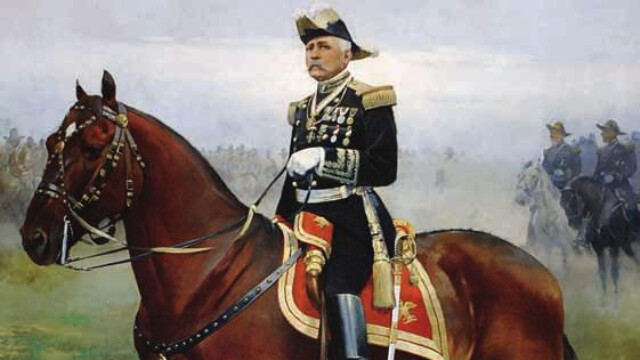
The Mexican Revolution broke out as a consequence of widespread discontent, injustices, and the lack of freedoms during the Porfirio Díaz era, a time when Porfirio Díaz dominated the country. Although advances were made in terms of modernization, the regime left deep scars on Mexican society. Intellectuals and critical political leaders, such as the Flores Magón brothers, suffered persecution, which limited effective opposition.
One of the main injustices of the Porfirio era was the dispossession of lands, where foreign companies controlled key sectors such as mining, oil, and railroads, with favorable concessions from the Mexican government. Despite economic growth, the majority of the population lived in precarious conditions due to labor exploitation, political repression, and extreme inequality.
Social inequality was evident, with privileges for the Porfirista elite while the people suffered extreme hardships. The economic model favored landowners, industrialists, and foreigners, leaving peasants and workers unprotected. The lack of democratic freedoms and political repression were common, with an authoritarian regime that used violence to maintain power.
The Porfirio era was characterized by corruption and the enrichment of a small group close to Díaz, which caused social and political tensions. The economic dependence on foreign capital, evidenced by events such as the Cananea and Río Blanco strikes, generated an imbalance that affected the working population and the country as a whole.
The policies of Porfirio Díaz negatively impacted indigenous communities, with expropriations of communal lands and policies that benefited landowners and foreign companies. Labor exploitation, the lack of rights, and repression marked this period, which culminated in the end of the Porfirio era and the beginning of the struggle for a fairer and more equitable Mexico.













